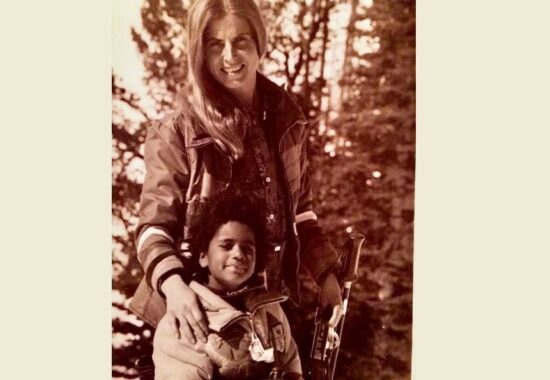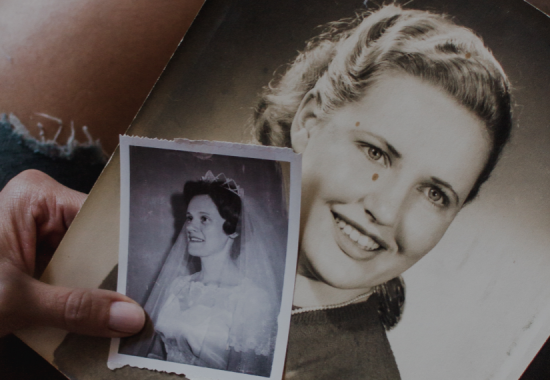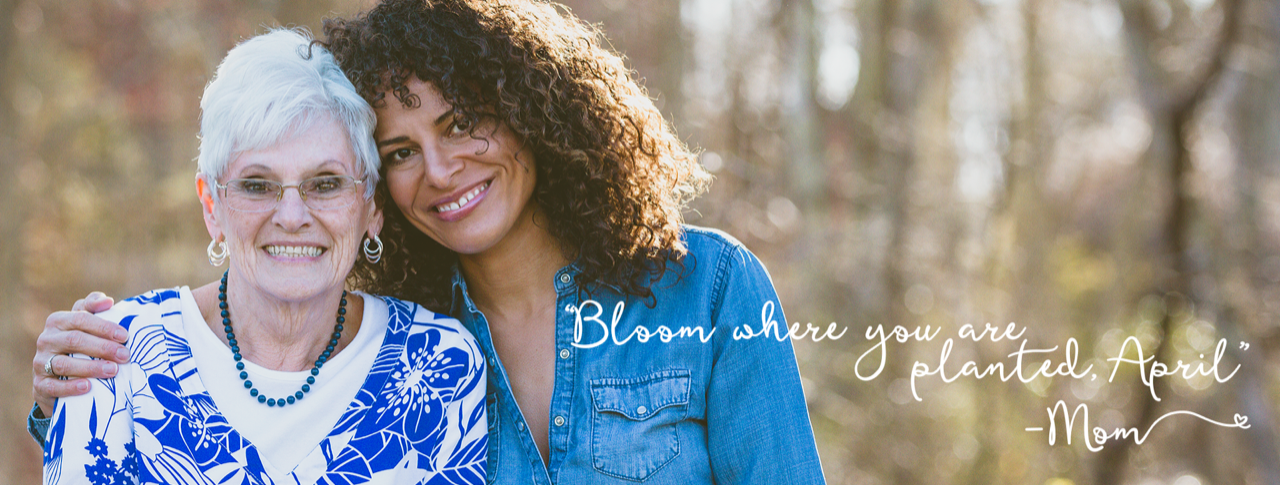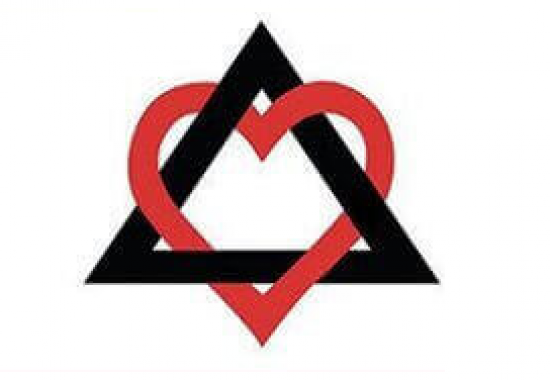By Bear Howe, TRJ Parent
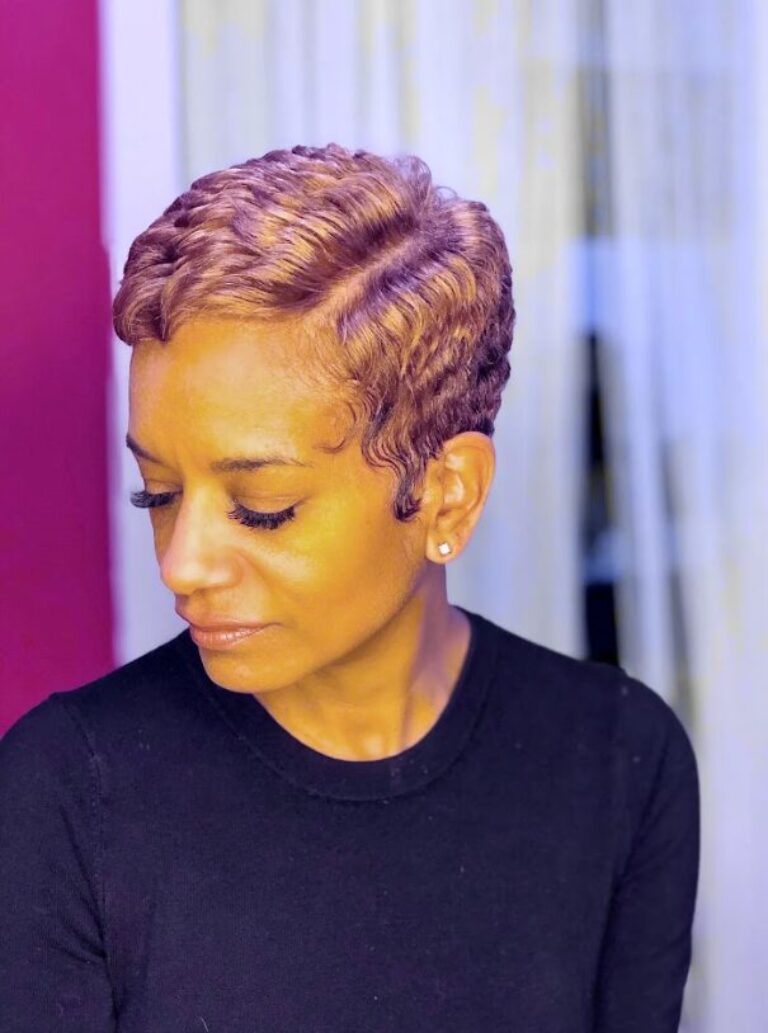
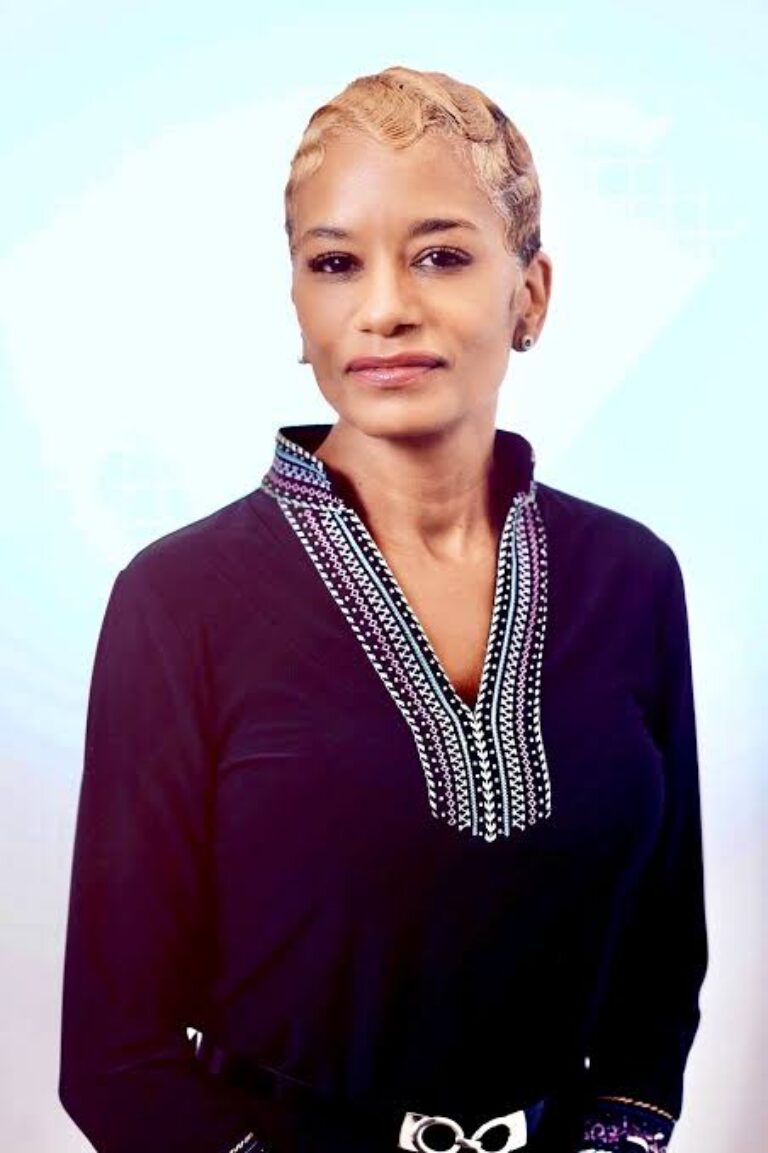
Rachel Noerdlinger was born in 1970 in New Mexico, and adopted by white parents as a baby. Noerdlinger has made significant contributions in public relations and social justice. Known for her tenacity and expertise, she served as the Chief of Staff for New York City’s First Lady, Chirlane McCray, where she advocated for social programs and community empowerment. Noerdlinger also played a key role in organizing national events, including the public communications for George Floyd’s funeral, demonstrating her commitment to civil rights and social justice. She later became a partner at Mercury Public Affairs, marking her as the firm’s first Black woman partner—a groundbreaking achievement that speaks to her influence and leadership in the industry.
Noerdlinger speaks openly about how being a transracial adoptee has shaped her views on identity and belonging. She has spoken candidly about the nuances of transracial adoption, which has been a source of insight into the complexities of race and family. Her openness on this topic has been inspiring to many who face similar experiences, offering perspectives on self-acceptance and resilience. Noerdlinger has advocated for understanding and empathy, urging others to look beyond stereotypes and foster real conversations around race and inclusion.
Noerdlinger’s voice has been a guiding one for social justice and advocacy. She has expressed the importance of diversity, urging organizations to genuinely listen to communities rather than respond only in times of crisis. Her fearless approach to addressing tough issues and her drive for inclusivity have made her a respected figure. Her career reflects a commitment to making a positive impact, using her platform to challenge systemic inequities and advocate for underrepresented communities.
Noerdlinger’s latest venture is becoming partner at Actum, LLC, a leading communications and strategy firm that works with individuals, politicians, companies and organizations with advocacy mobilization, government relations, storytelling and narrative development and much more.
Learn more:
April Dinwoodie’s interview with Rachel Noerdlinger in 2018
PR and Media Activist Rachel Noerdlinger Stands on the Frontlines of Social Justice
Rachel Noerdlinger Makes History as the First Black Woman to be Named Partner at Mercury
Photo credits to: Rachel Noerdlinger

